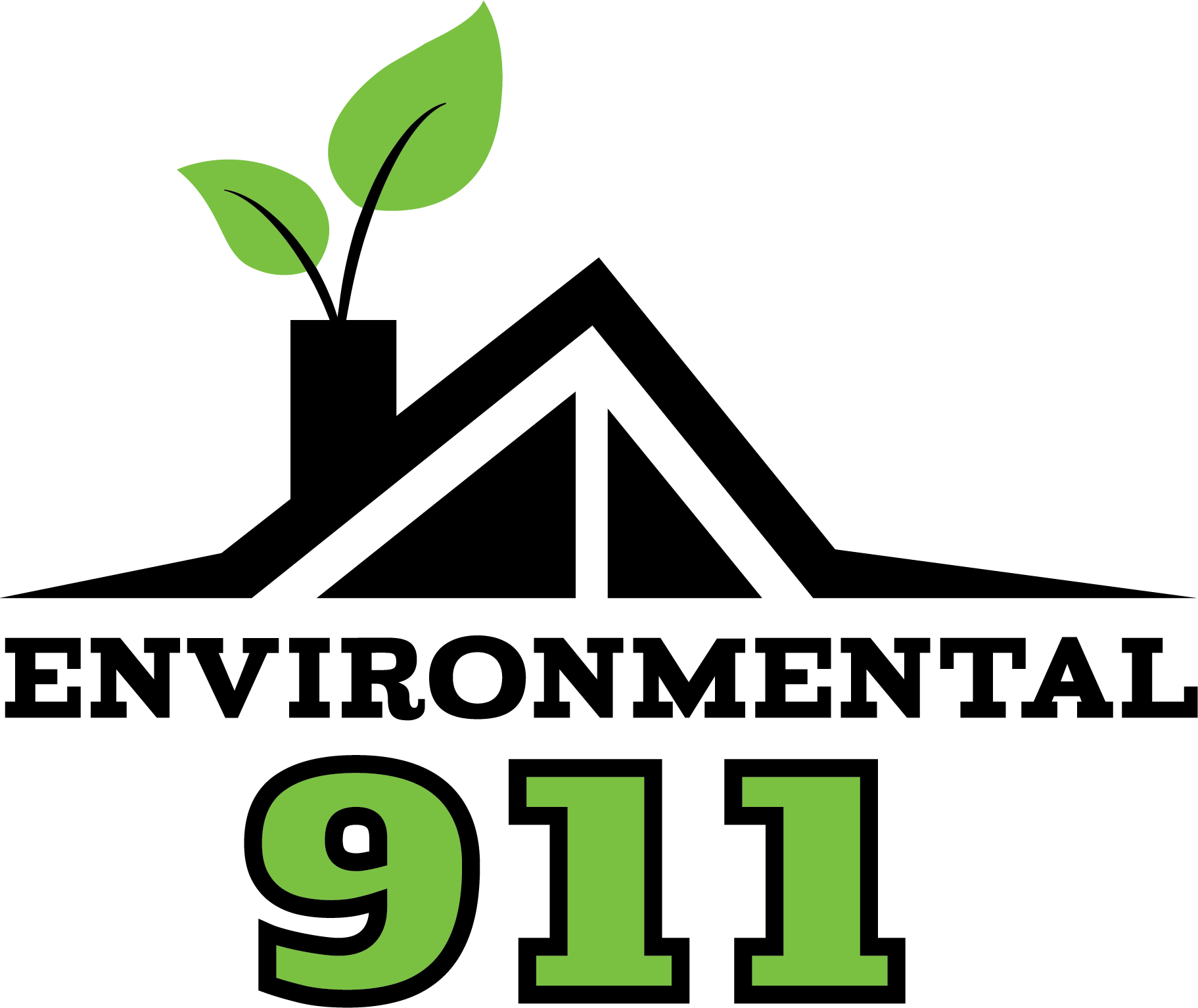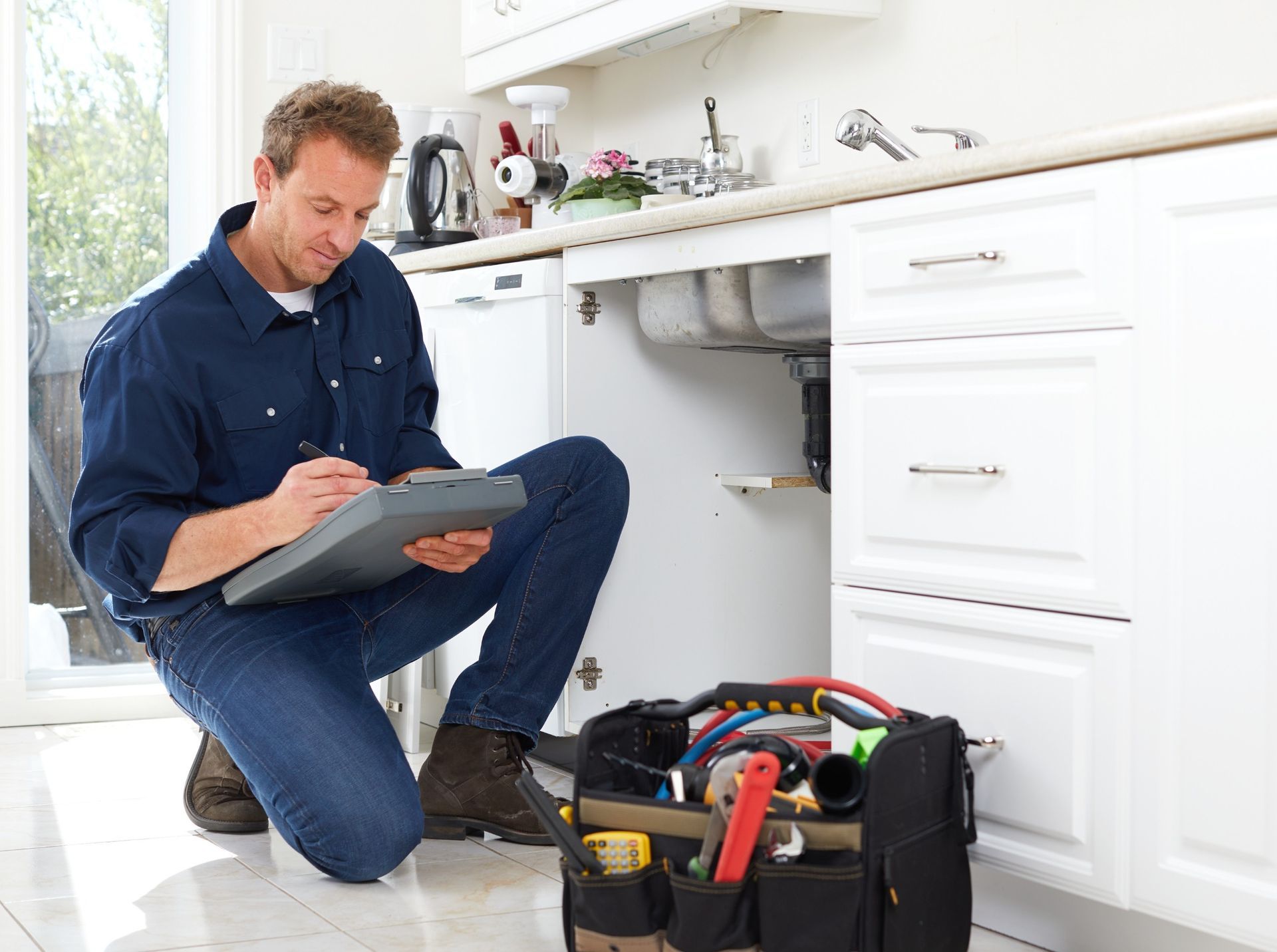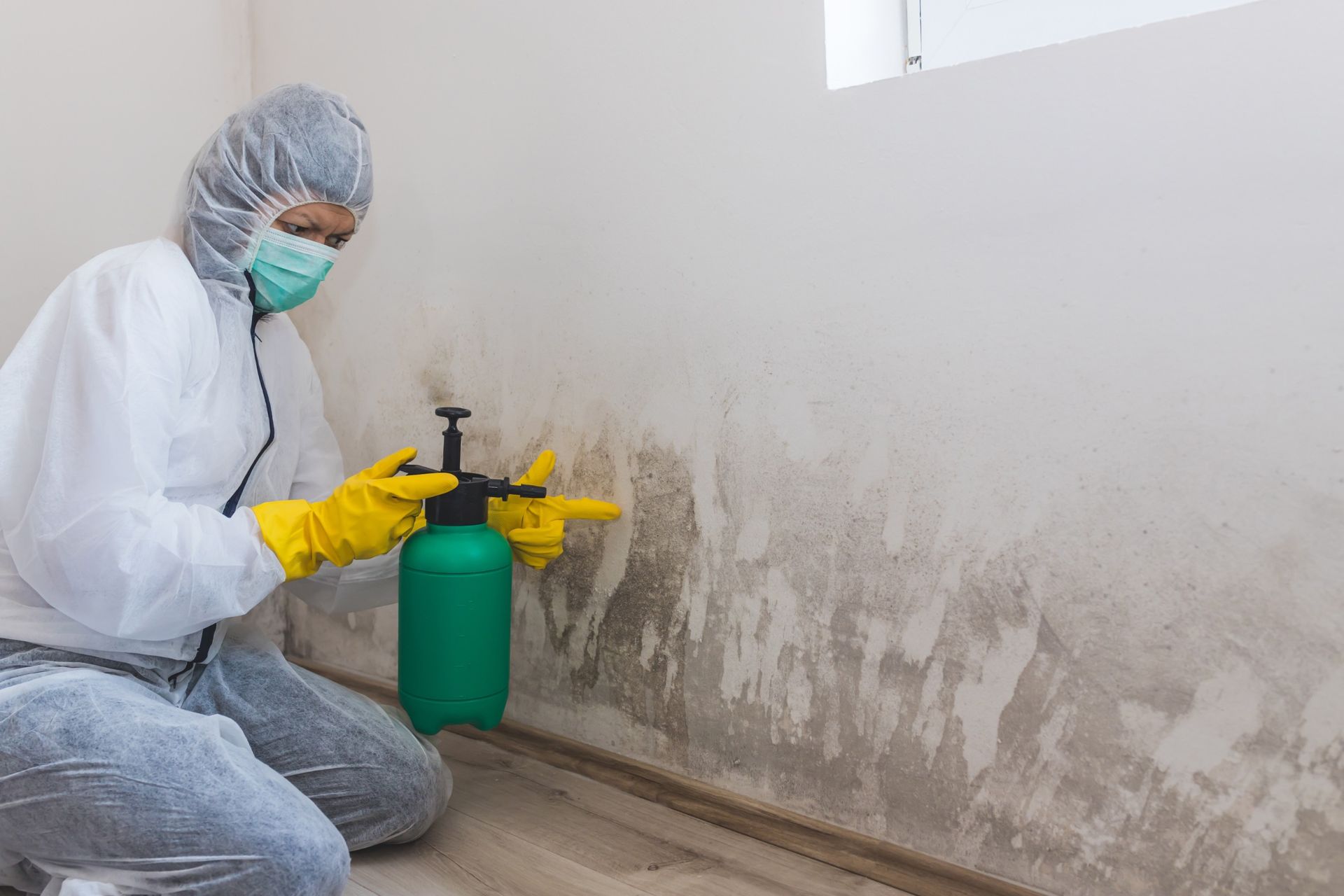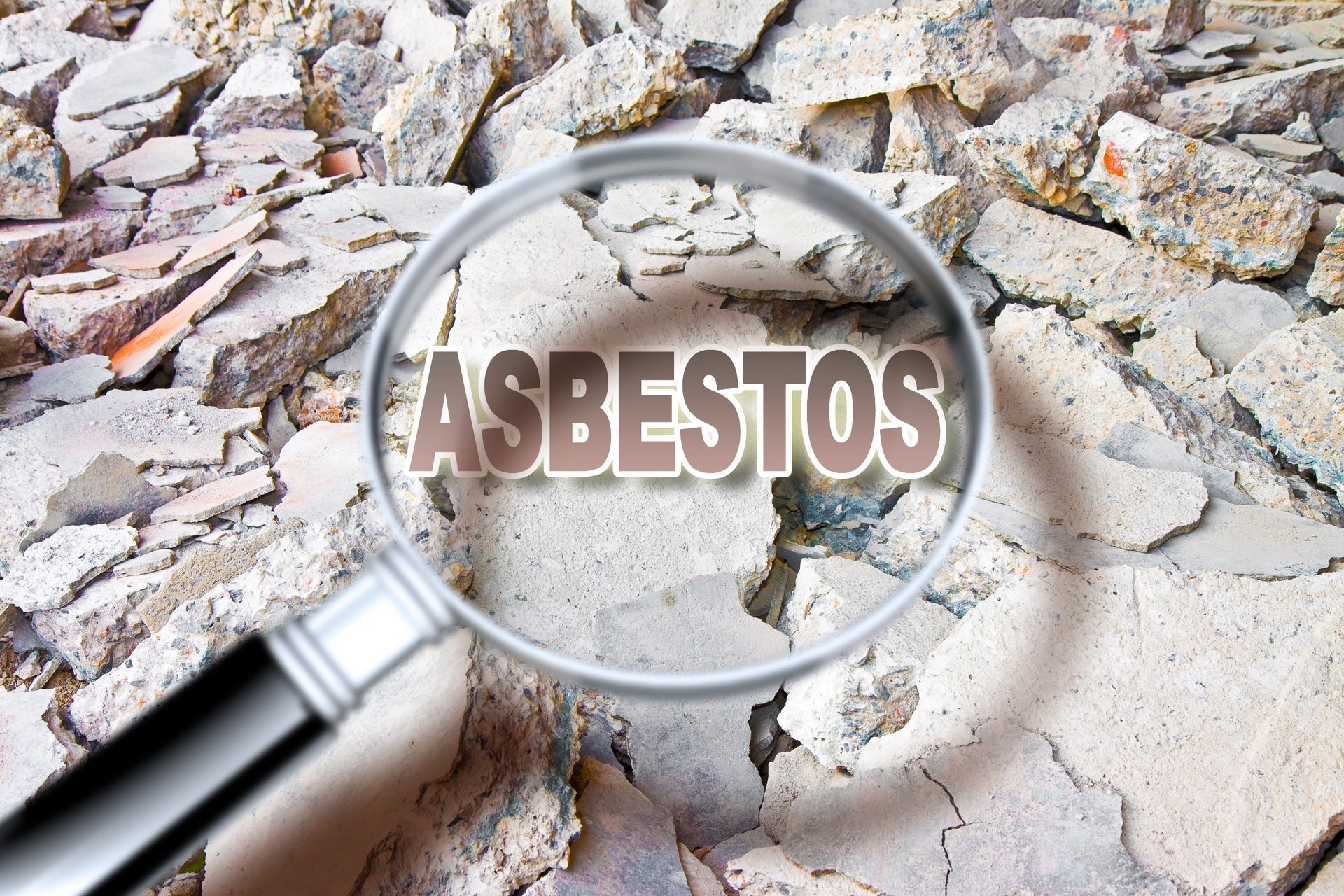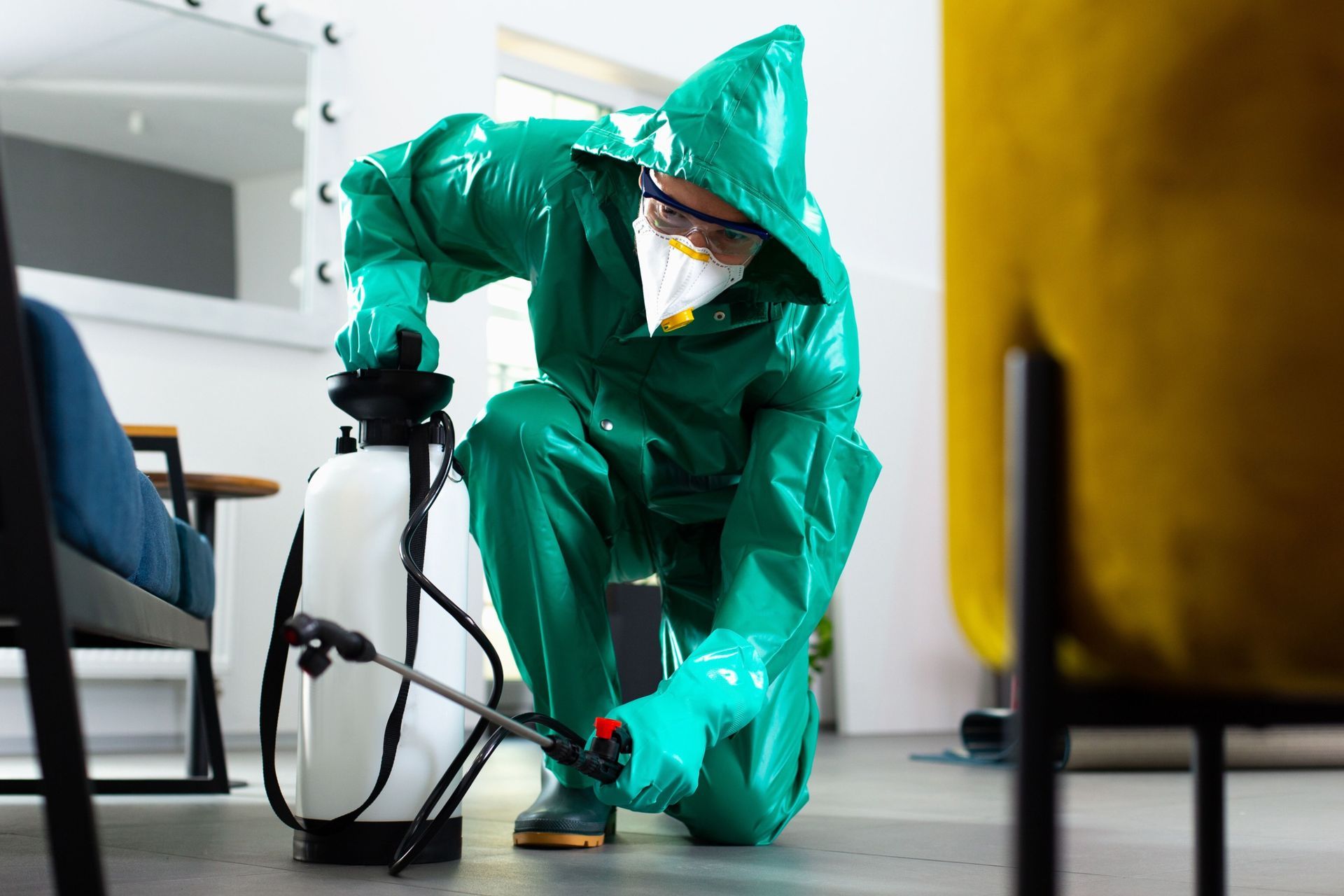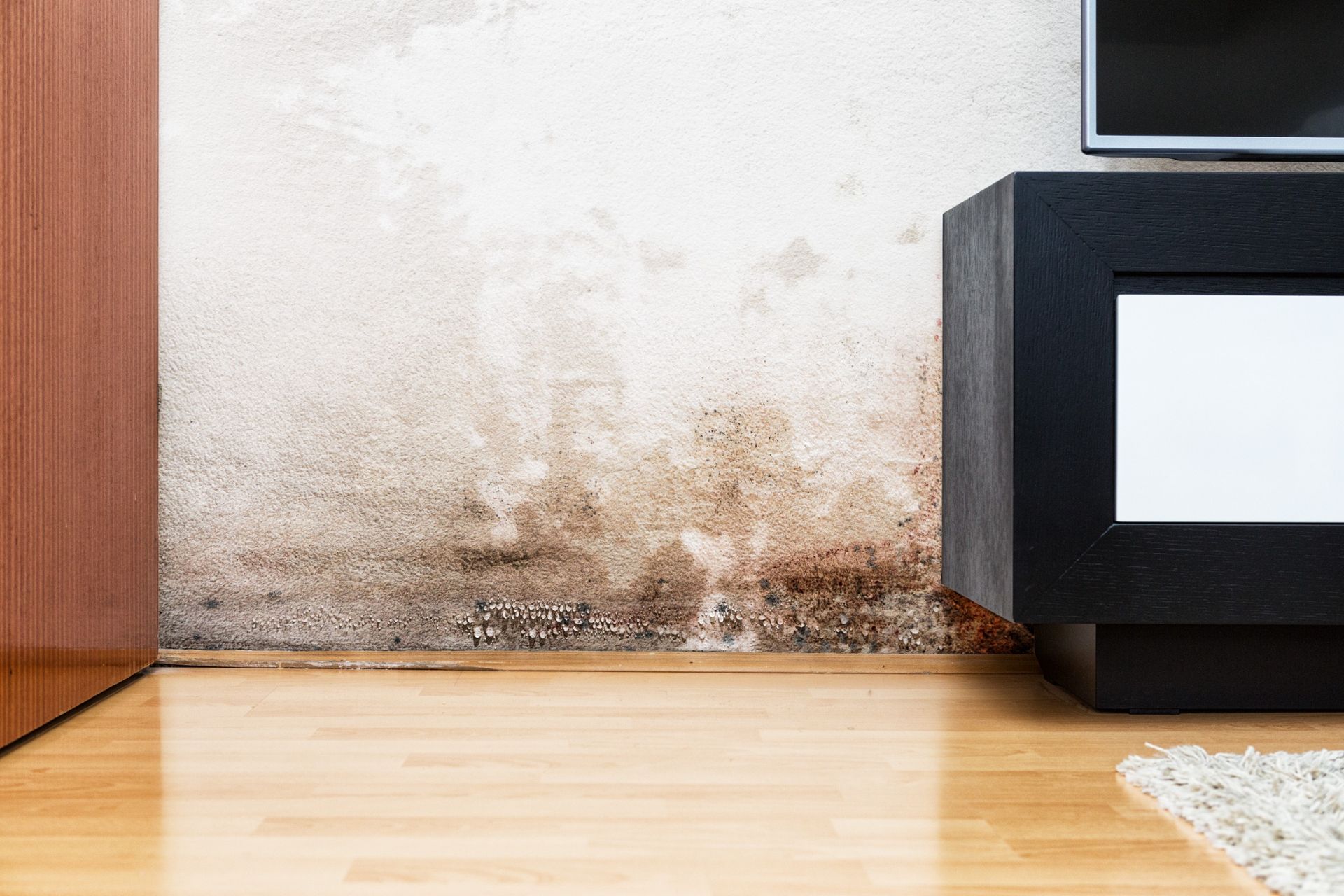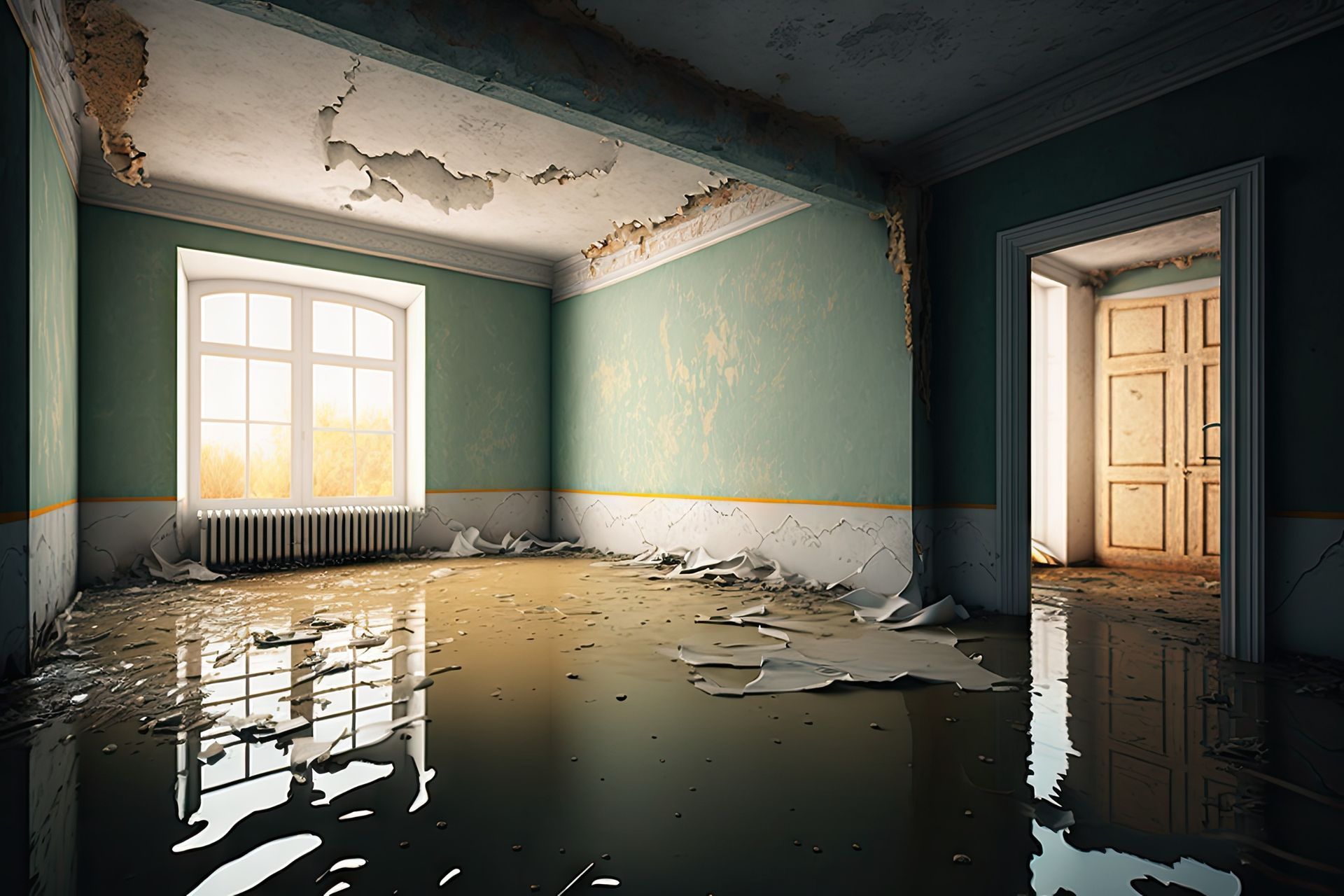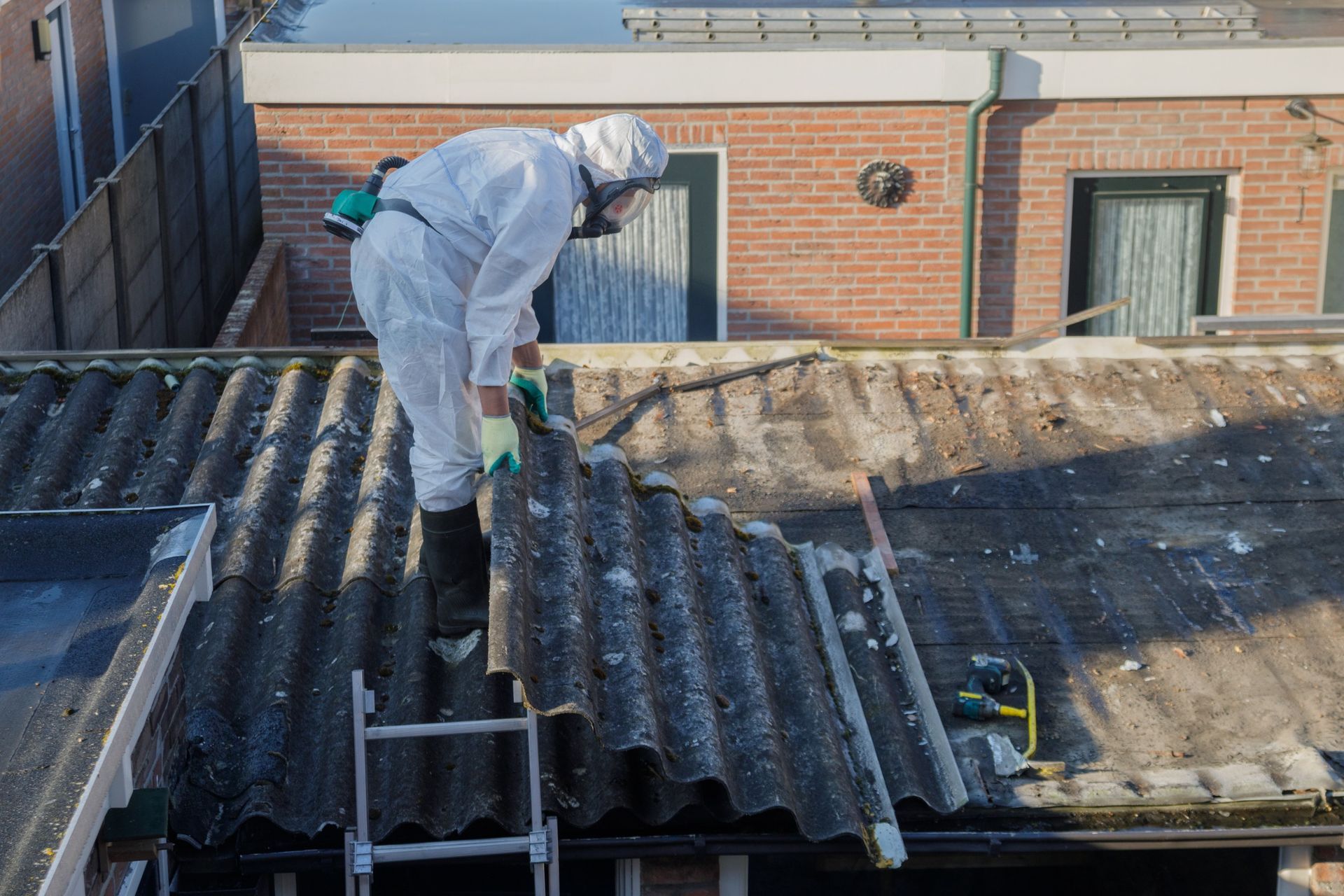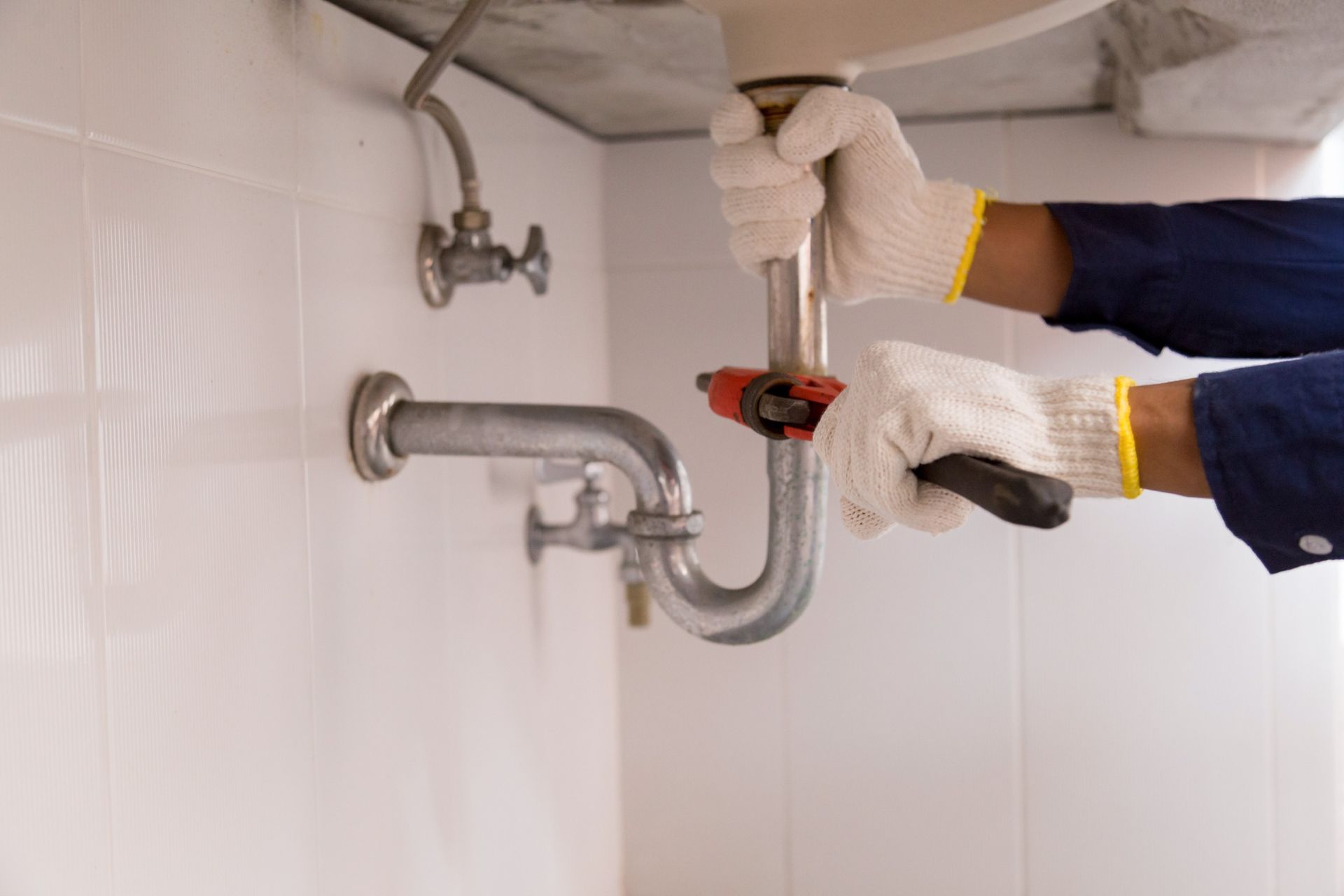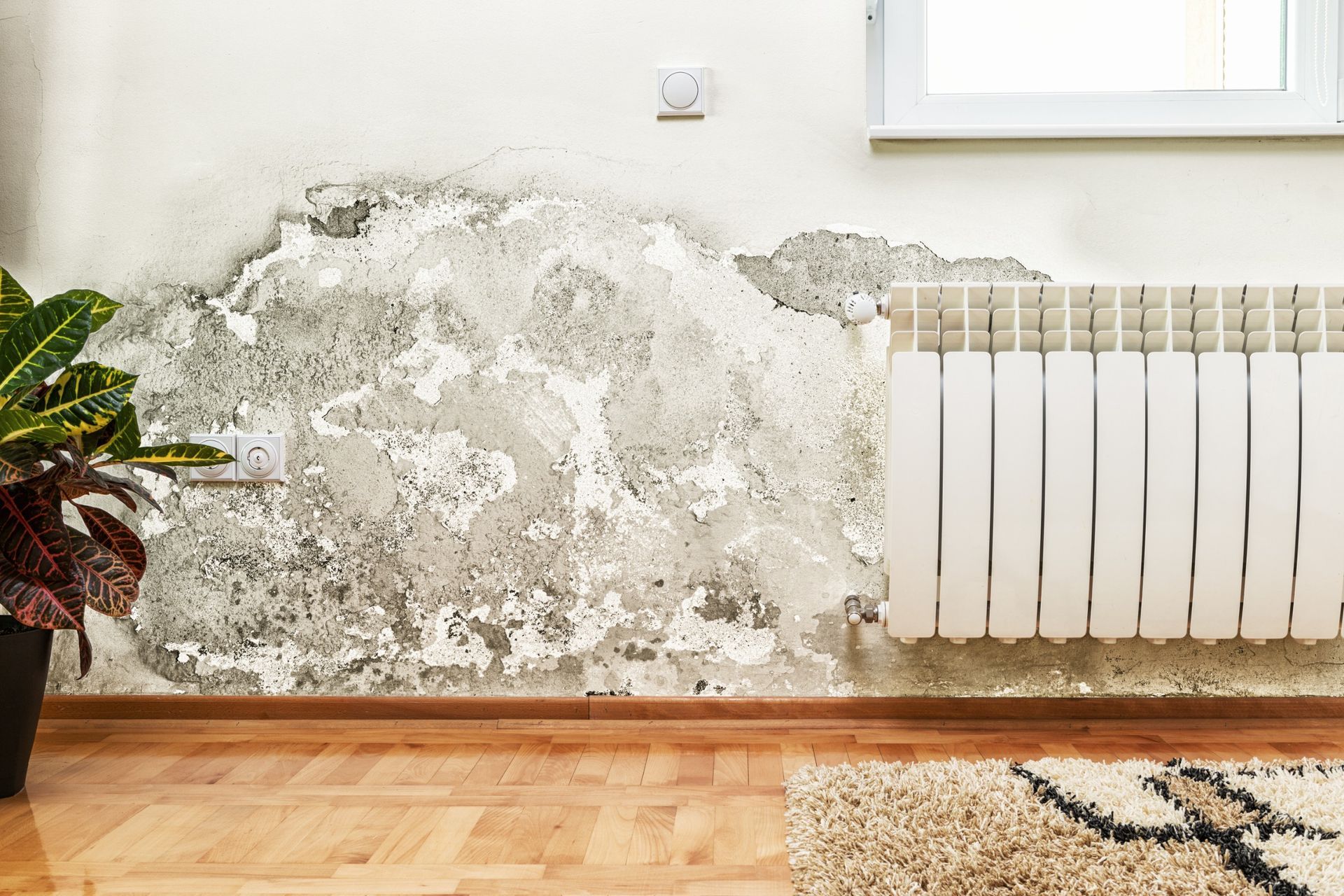Water Damage Restoration Vs. Water Mitigation
Are you wondering about the difference between water damage restoration and water mitigation? It can be challenging to understand when one should use which service, so we're here to help!
Introducing water damage and its causes
Water Damage Restoration Vs. Water Mitigation - A Closer Look
Exploring the differences between water damage restoration and water mitigation
Understanding the Basics of Water Damage Restoration
When to Call a Professional for Water Mitigation Services
Cost Considerations: Water Damage Restoration Vs. Water Mitigation
Determining the cost of water damage restoration and water mitigation services can be tricky as it largely depends on the extent of the water damage, the size of the area affected, and the specific procedures required. That said, homeowners should be aware of the potential costs associated with both services to make an informed decision.
About Us
Asbestos can cause severe health problems for you and your family if left unchecked for prolonged periods. If you notice asbestos in your home and don’t know what to do, call us to help take care of the problem for you. Let Environmental 911 help you through this unfamiliar process!
Founded in 1999, we have been helping residents of California restore their homes struck by any natural or human disasters. Our services include asbestos and lead abatement, mold and fungus removal, water extraction, asbestos removal, and emergency plumbing. You can reach us at (626) 316-6651 or fill out our contact form to know more.
What is Rule 1403?
SCAQMD Rule 1403 establishes notification and work practice requirements to limit asbestos emissions from building demolition and renovation activities.
California law requires that a copy of the asbestos demolition/renovation
notification form be provided to your local city permitting department prior to the issuance of a demolition/renovation
permit. Local governments are responsible for the asbestos notification process.
When do I need an asbestos survey?
According to Rule 1403, an asbestos survey is required prior to the start of any renovation or demolition project, regardless of the age of the building or the size of the project, in order to determine the presence of asbestos-containing materials. Rule 1403 defines a "demolition" project as a project that includes the removal of any load-bearing component. All other projects would be considered a "renovation" project.
Environmental 911
If you're looking for restoration services in the Pasadena area, look no further. Environmental 911 provides the expert restoration service that your property needs.
Contact Us
2070 E Walnut St,
Pasadena, CA 91107
USA
LICENSE #769610
